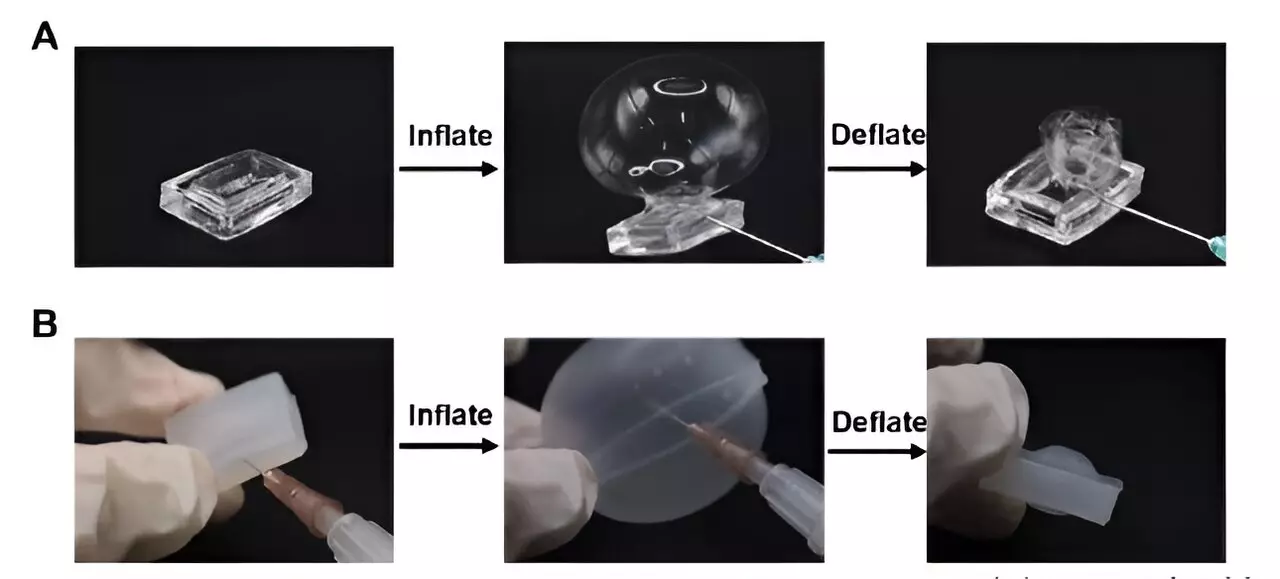A groundbreaking study conducted by a team of molecular engineers at Tsinghua University in China has resulted in the development of a remarkable new type of hydrogel. This hydrogel is capable of stretching to an astounding 15 times its original size before seamlessly snapping back to its initial form. The team’s findings, which were recently published in the prestigious journal Science, have the potential to revolutionize the field of hydrogel technology.
Traditionally, hydrogels are known for their impressive stretchiness, reminiscent of taffy or a rubber band. However, one of the main drawbacks of conventional hydrogels is their limited ability to revert to their original shape after being stretched. Moreover, these hydrogels can only be stretched in a single direction, further restricting their practical applications. In a bid to overcome these limitations, the Chinese research team undertook the challenge of enhancing the elasticity and versatility of hydrogels.
The key innovation behind the team’s new hydrogel lies in their novel approach to the fabrication process. Departing from the conventional method of creating hydrogels by cross-linking polymers with water molecules, the researchers introduced a game-changing modification. They incorporated “pearl necklace chains” into the hydrogel structure, consisting of polymer chains arranged in coil shapes and interconnected by carbon atoms. These chains were found to exhibit a unique behavior – unfurling when stretched and retracting when released.
Through their innovative technique, the research team achieved remarkable results. They demonstrated that a 30-cm hydrogel sample could be stretched up to five meters in length, only to seamlessly revert to its original size and shape within a matter of seconds upon release. Intriguingly, the researchers proposed that disk-shaped hydrogel samples could be stretched in all directions, expanding to a size 100 times larger than the original before contracting back to its initial form.
In addition to the scientific implications of their discovery, the team also explored the practical applications of the new hydrogel. By constructing robot grippers equipped with the novel material, they successfully handled delicate objects such as strawberries without causing any damage or bruising. This impressive feat opens up a world of possibilities for the commercial use of the hydrogel in various industries.
The advancement made by the team of molecular engineers at Tsinghua University represents a significant leap forward in hydrogel technology. The development of a highly elastic and versatile hydrogel with the ability to stretch and revert to its original form marks a crucial milestone in the field. With endless possibilities for application across different sectors, this breakthrough discovery is poised to shape the future of hydrogels.



Leave a Reply